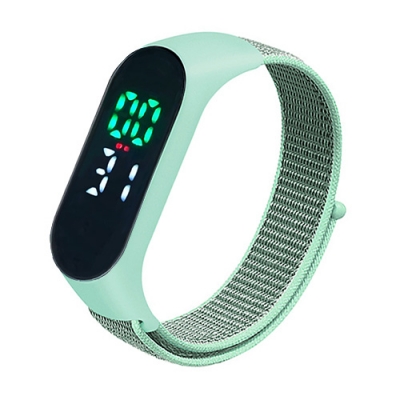Smart cards have significant benefits versus magnetic stripe (“mag stripe”) cards for healthcare applications.
First, smart cards are highly secure and are used worldwide in applications where the security and privacy of information are critical requirements.
· Smart cards embedded with microprocessors can encrypt and securely store information, protecting the patient’s personal health information.
· Smart cards can allow access to stored information only to authorized users. For example, all or portions of the patient’s personal health information can be protected so that only authorized doctors, hospitals and medical staff can access it. The rules for accessing medical information can be enforced by the smart card, even when used offline.
· Smart cards support strong authentication for accessing personal health information. Patients and providers can use smart health ID cards as a second factor when logging in to access information. In addition, smart cards support personal identification numbers and biometrics (e.g., a fingerprint) to further protect access.
· Magnetic stripe cards have minimal security. Because data is very easily read from and written to a magnetic stripe card, information can be easily stolen and a duplicate magnetic stripe card can be created. It is straightforward for a thief to “swipe” a magnetic stripe card and to collect all of the information from the card; the thief simply needs a magnetic stripe reader that has the ability to capture the information from the card (which all readers do). The thief can then either use that information directly or create a duplicate magnetic stripe card.
· Magnetic stripe cards store only a limited amount of data (less than 2 Kbytes) and are not updated after issuance, providing no ability to securely store or update healthcare information.
· Magnetic stripe cards support minimal functionality and require an online infrastructure to access healthcare applications and information.
Magnetic stripe cards have had a well-established position in the marketplace for over 30 years. However, many industries and government organizations recognize the limitations of magnetic stripe technology and are replacing magnetic stripe ID cards with smart cards. For example, the global payments industry is migrating from magnetic stripe bank cards and infrastructure to smart payment cards based on the Europay MasterCard Visa (EMV) specification. Over 1.2 billion smart card-based credit and debit cards are now issued globally and 18.7 million point-of-sale terminals accept EMV cards. Eighty countries globally are in various stages of EMV chip migration, including Canada and countries in Europe, Latin America and Asia, with migration to EMV smart payment cards now starting in the U.S.
More Magstripe card,welcome to contact our sales email:sales@mhgyjs.com
















